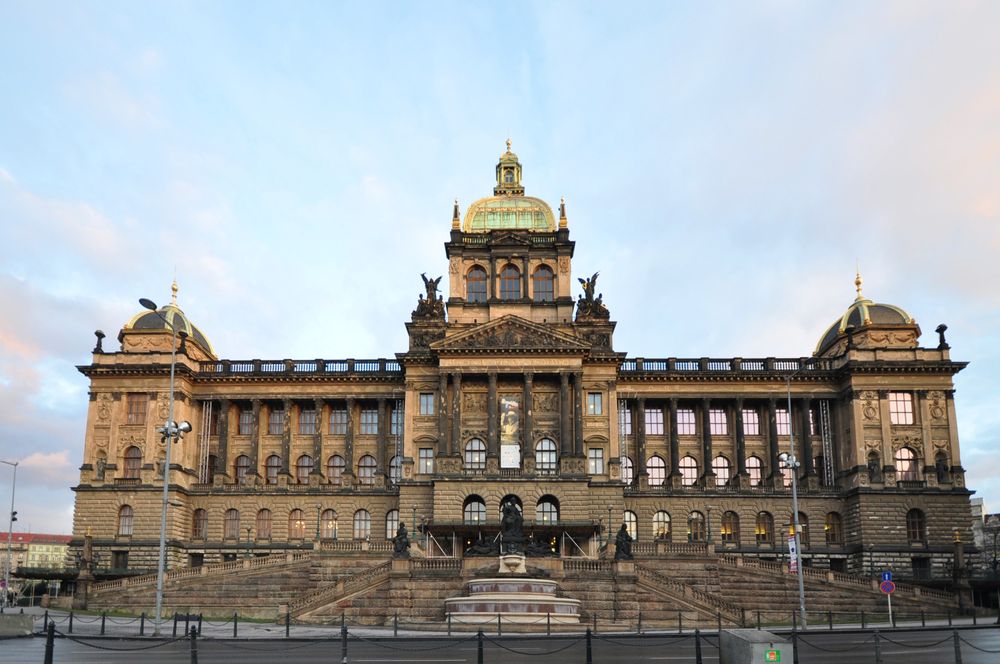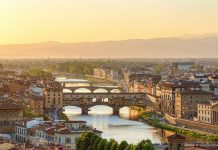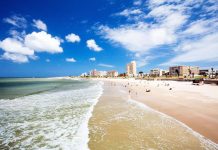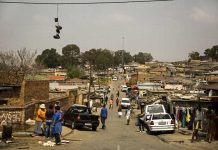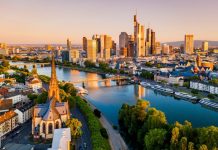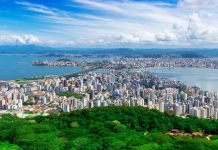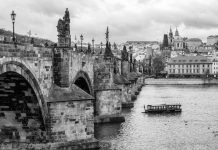I could tell you that it is a neo-renaissance building that opened in 1891 but as thousands of other sites will tell you the same thing wouldn’t you like to hear something new like how the museum ended up being built here, what it replaced, why in the last renovation there was a big argument about holes, how the communists almost demolished it, the famous event that took place right in front of it and why fans of the first Mission Impossible film can’t miss it?
WHY SHOULD YOU VISIT?
Well it’s the largest museum in the country containing 14 million artefacts with a combination of Natural History, Ethno-History, Science departments and a library so anybody with those interests should visit but to put that number into perspective the Natural History Museum in London on it’s own has an inventory of 80 million artefacts. It’s the last example of the neo-renaissance building period so “grand” doesn’t even begin to describe it and architecture buffs will need extra batteries and SD cards here (Tip: you will pay an extra charge to be able to take pictures and video). And if you are into Numismatics (coins and medals) then the Prague National Museum has one of the largest and oldest collections in the world numbering around 500,000 pieces.
WHERE’S THE SIGN?
If you were expecting a big sign on the building saying Prague National Museum then you’ll be disappointed. In fact it’s not even written in Czech. If you look carefully at the main entrance, look up above the columns but below the portico (the triangular bit) and you’ll see three words in Latin “Museum Regni Bohemiae”. So that literally translates as the Royal Bohemian Museum. I guess all those Moravians that live in this country had to build their own museum!
The text is there because when the Prague National Museum opened in 1891 we were of course still part of the Austro-Hungarian Empire with an Emperor (Franz-Josef) and strict regional definitions. There was no “National” back then.
THE ORIGINAL PRAGUE NATIONAL MUSEUM
The first location of the Royal Bohemian Collection was the Sternberg Palace (which is still there) right outside the main entry to Prague Castle and was put together by Kaspar Sternberg to be displayed in 1818 but by the 1850’s this location was being outgrown. A plan to build a new location was shelved and the whole collection was moved to the Nostic Palace in Na Prikope (that building is also still there and although it’s technically now the Sylva-Taroucca Palace you can also find it by searching for “Savarin Palace” and another reason for visiting is that it has a nice outdoor Czech restaurant). Then there was a plan to create a new building on Charles Square but again this was shelved.
THE PRAGUE NATIONAL MUSEUM LOCATION
This is the view of the Prague National Museum if you stand behind the ST Wenceslas Square horse statue
In the 1860’s the city of Prague was embarking on what would become the largest urban renewal project that Europe had ever seen. One of the tasks of this renewal would be to demolish the New Town defensive wall which ran across the top of Wenceslas Square. Right now to get from Vinohrady to Wenceslas Square you just walk down the road but before 1876 you had to pass through a huge wall via a gate called the “Horse Gate” because Wenceslas Square had historically been used as a horse market. So in 1876 the wall was demolished and the city allocated the necessary land, they just needed the right building. So if you go to the top of the square and if you stand in front of the doors to the museum looking back down Wenceslas Square you’d be at roughly the same height as the old city wall. The closest metro station is conveniently called “Muzeum”.





















